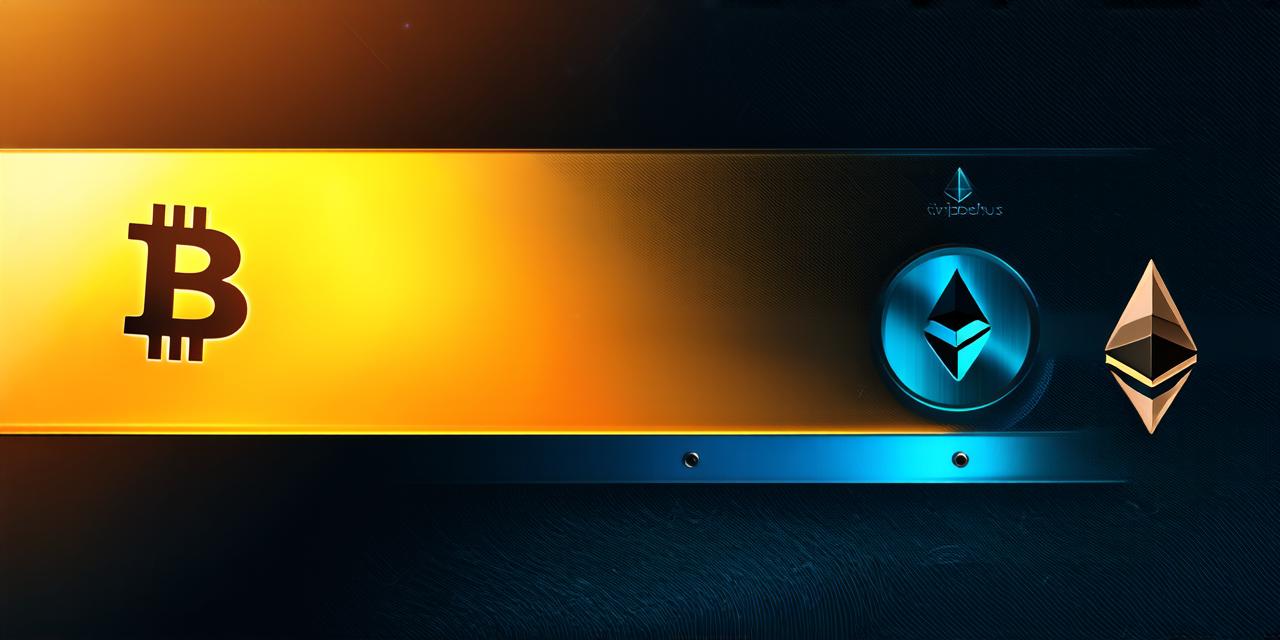Blockchain technology is rapidly gaining popularity due to its decentralized and secure nature. One of the most exciting applications of blockchain technology is in the creation of new forms of currency, such as cryptocurrencies. In this article, we will explore what blockchain currency is and how it works for developers. We will also look at some real-world examples of blockchain currencies and their potential applications.
What is Blockchain Currency?
Blockchain currency is a type of digital or virtual currency that is based on blockchain technology. It is decentralized, meaning it does not rely on any central authority or intermediary to function. Instead, transactions are recorded on a distributed ledger and validated by a network of users. This allows for secure and transparent transactions without the need for intermediaries like banks.
One of the most well-known examples of blockchain currency is cryptocurrency. Cryptocurrencies are digital currencies that use encryption techniques to secure their transactions and to control the creation of new units. The most widely known cryptocurrency is Bitcoin, but there are many others, such as Ethereum, Litecoin, and Ripple.
How does Blockchain Currency work?
Blockchain currency works through a process called mining. Mining involves solving complex mathematical problems that validate transactions on the blockchain. Once a transaction is validated, it is added to the blockchain, which creates a permanent record of all transactions. This record is distributed across a network of users, which makes it extremely difficult for anyone to manipulate or falsify the data.
One of the key features of blockchain currency is its immutability. Once a transaction is recorded on the blockchain, it cannot be altered or deleted. This creates a high level of trust and security in the system, as all users can see and verify every transaction.
Benefits of Blockchain Currency
There are several benefits to using blockchain currency:
- Decentralization: Blockchain technology is decentralized, meaning it does not rely on any central authority or intermediary to function. This allows for faster and more efficient transactions without the need for intermediaries like banks.
- Security: Transactions on the blockchain are secure due to their immutability and the use of encryption techniques. This makes them resistant to fraud and hacking.
- Privacy: Blockchain currency can provide users with a high level of privacy, as transactions are not tied to specific identities.
- Accessibility: Blockchain currency is accessible to anyone with an internet connection, which makes it easy for people in different parts of the world to participate in the economy.
Real-World Examples of Blockchain Currency
Bitcoin
Bitcoin is the most well-known cryptocurrency and was the first to be created using blockchain technology. It was launched in 2009 by an anonymous individual or group under the pseudonym Satoshi Nakamoto.

Bitcoin uses a proof-of-work consensus algorithm, which requires miners to solve complex mathematical problems to validate transactions.
Bitcoin has been widely adopted as a form of payment for goods and services, and it is used by many individuals and businesses around the world. It has also been used as an investment asset, with its value fluctuating wildly over time.
Ethereum
Ethereum is another popular cryptocurrency that uses blockchain technology. It was launched in 2015 and was created by Vitalik Buterin.
Ethereum uses a proof-of-stake consensus algorithm, which allows for faster and more efficient transactions than Bitcoin‘s proof-of-work algorithm.
Ethereum is not just a cryptocurrency; it is also a platform that allows developers to build decentralized applications (dApps) on top of the blockchain. This has led to the creation of many innovative dApps in areas such as finance, supply chain management, and gaming.
Ripple
Ripple is a cryptocurrency that was launched in 2012 by Brad Garlinghouse and Chris Larsen. It uses a consensus algorithm called XRP Ledger, which allows for fast and low-cost cross-border payments.
